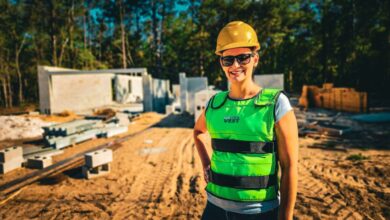The Role of Inspections in Accident and Injury Prevention
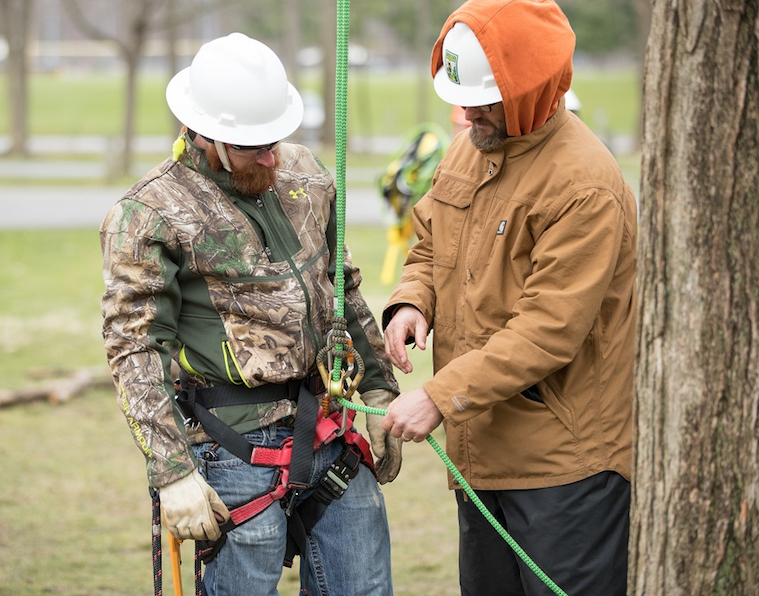
By Craig Murk
There can be no question that preparing for the worst is a critical part of a safety plan, regardless of the size of your company. This includes aerial rescue. As a safety trainer, I’m often asked to conduct aerial rescue training with tree care companies and utilities. One of the key points I like to make is thatthe “best” aerial rescue is the one that never happens!
The old adage “an ounce of prevention is worth a pound of cure” is absolutely applicable here. By developing effective pre-work habits, we can drastically reduce the likelihood of accidents. In addition to tailgate safety meetings, pre-job briefings, and pre-job planning, inspections are one of our greatest tools in accident prevention.
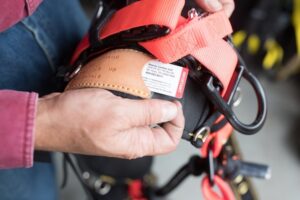
Tree industry professionals are no strangers to the concept of inspections. Commercial drivers are required to perform and document inspections before getting on the road. Climbers are required to inspect their saddles, gear, and tree before heading up. In fact, every piece of equipment, from ropes to stump grinders to bucket trucks, requires pre-use inspection.
Inspection is such an important element of our occupation that manufacturers routinely include specific instructions on how to inspect equipment. Carabiners, ropes, and rigging hardware are often accompanied by information that describes the use, maintenance, limitations and inspection of the device. Often, critical wear or pre-failure symptoms are described. Larger equipment – such as aerial lift devices, chippers, and stump grinders – will have a book or three-ring binder included. These critical documents offer detailed illustrations and procedures, appropriate to the complexity of the hydraulic systems and safety features inherent in these machines.
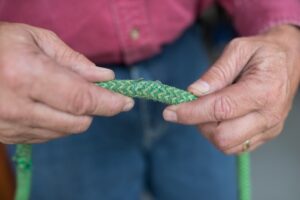
There are two specific standards that are relevant to inspections as it relates to tree work. The first is ANSI Z133-2017 — likely familiar to many. The second document, the ANSI/SAIA A92.2-2015, may be new to some readers. Both are excellent resources but are not the only standards we should know and use. Below are some summarized points from ANSI Z133-2017 on proactive inspections:
- 3.3.3— Employees should be trained on personal protective equipment (PPE)
- 3.4.7/8 — Qualified arborists should inspect trees for electrical hazards before work starts.
- 5.1–5.1.7— Authorized employees should inspect equipment before and after trips.
- 5.2.14/33— Only qualified operators should use/inspect aerial devices like platforms.
- 5.7.2— Cranes and rigging should be inspected according to manufacturer/safety guidelines.
- 5.9.2— Each day before being used, the winch line and all fastenings and attachments shall be inspected for damage or defects by a qualified person.
- 8.1.3 and 8.5.1/7— Arborists should inspect equipment, tree integrity and rigging equipment.
These are just some of the inspections suggested in ANSI Z133-2017. Each of these inspections is a key part of accident prevention. It’s worth noting that any official investigation following an accident or fatality will determine if these inspections were performed.
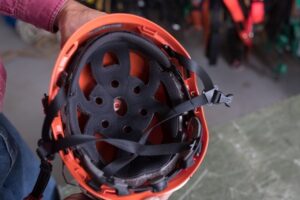
Also included in ANSI Z133-2017, Annex D is a list of additional resources. One of these additional resources is of critical importance aerial lift equipment operators: ANSI/SAIA A92.2-2015 for Vehicle-Mounted Elevating and Rotating Aerial Devices. Like the Z133, the purpose of ANSI/SAIA A92.2-2015 is to help prevent accidents and injuries related to aerial lift trucks and devices. It sets standards for construction and installation of aerial devices and outlines protocols for inspection, implementation, and operation.
In my observations as a traveling safety trainer, I’ve been surprised to learn that many individuals who operate aerial lift trucks have never read A92.2. The standard describes duties and responsibilities for owners, operators, and users. This means that it’s applicable to every tree service worker who stands in a bucket. Most aerial lift operators don’t receive formal training that accentuates the importance of a pre-flight inspection, pre-work unmanned bucket flight performed from the lower set of controls, and daily operation of the emergency stop valve in the bucket. These checks are critical to catching an equipment failure before starting work daily. Of particular interest are the following topics: Pre-Start Inspection, Familiarization, and General Training. These are covered in the A92:
- 10.8.1 — The Pre-Start Inspection says that each aerial device should be inspected thoroughly prior to being used for the day, and includes visual and audible inspections, checking all systems, and performing functional tests. It also states that the operator will set up the device for operation and test any suspected areas. Anything deemed unsafe will be repaired or replaced before the device is first used.
- 10.12.3 — Familiarization states that before any operation of an aerial device the operator will be shown and familiarize themselves with any manuals, instructions, warnings, and purposes and functions of controls. The operator will be made aware of any safety instructions and will operate the device prior to use to achieve proficiency. If authorized, an operator can self-familiarize with the device if everything is completed.
- 11.4.1 — General Training requires that only operators who have received general training on an aerial device are allowed to operate it. General training can consist of familiarization with manuals and where they’re stored, inspections, safety responsibilities, the purpose of placards and decals, how to receive the authorization to operate, securing the aerial device, understanding stability, understanding warnings and instructions, using personal fall protection equipment correctly, and actual operation of the aerial device.
As you can see, there’s more responsibility for being a good aerial lift operator than simply standing in the bucket and familiarizing yourself with the controls. This is just a small sampling of what’s in A92.2. There’s more information critical to owners, users, operators and sellers of aerial equipment as well.
Hopefully, the quoted items from Z133 and A92.2 drive home the importance of inspections. If we can identify hazards and problems in time, they can usually be mitigated. Proper training, inspection, and documentation are all important components of avoiding accidents, injuries, and near-misses. For further study, I would encourage anyone in our industry to read the entirety of Z133 and A92.2.
Craig Murk is an ISA-certified arborist, Journeyman Line Clearance Tree Trimmer, and an arborist training supervisor with ACRT.

